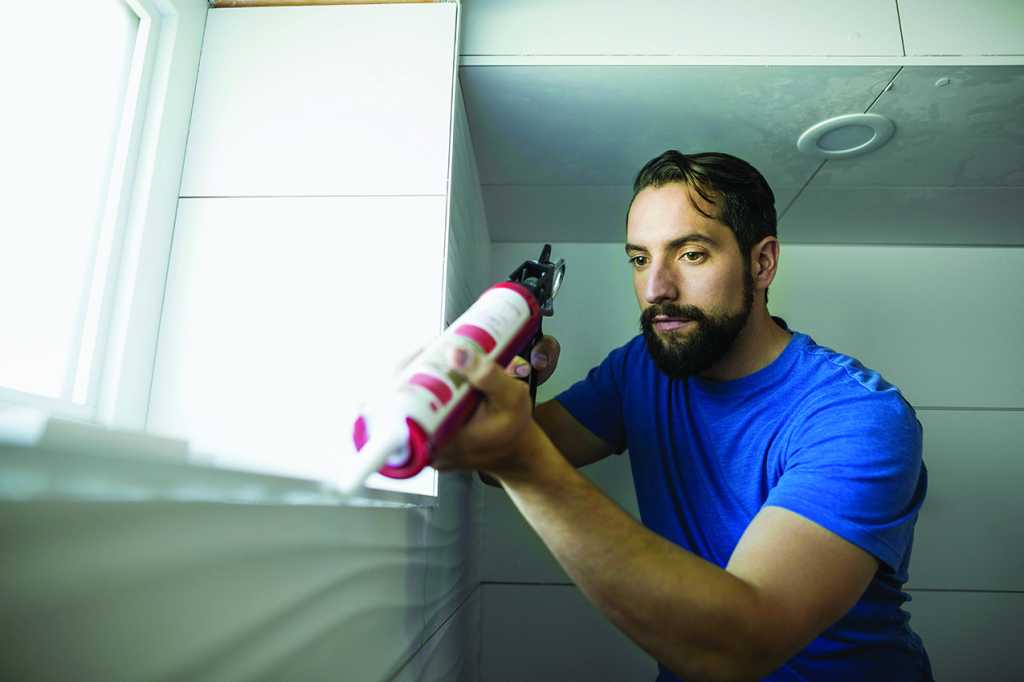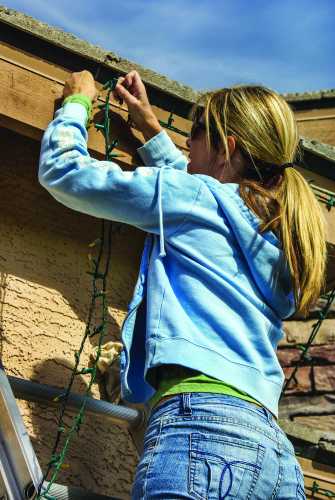Homes are often characterized as sanctuaries for their inhabitants. When a home is warm and welcoming, it can be the perfect place to relax and get away from the hustle and bustle of everyday life. Though no one wants to imagine danger lurking in their homes, certain areas of a home, including the bathroom, can pose health risks if they are not properly maintained.
In addition, issues that can affect residents’ health may not always be so visible, which underscores how important it can be to learn about the various ways to keep a bathroom clean, so it does not make anyone sick.
Routinely inspect tiles and caulk. Mold is one of the biggest potential health risks that can develop in a bathroom. Damage to tiles and caulk can foster mold growth. When caulk cracks or separates from tile or any other surface where it’s applied, moisture can get in and lead to conditions that promote the growth of mold. The same process can unfold with cracked tiles, so it’s imperative that damaged caulk is removed, and areas are recaulked. Cracked or damaged tiles also should be replaced to reduce the risk of mold infestation, which can trigger allergic reactions and exacerbate issues like asthma.
Replace a malfunctioning bathroom fan. Bathroom fans that are not working at peak capacity can lead to moisture issues and adversely affect indoor air quality. A bathroom fan that vents into the attic can lead to mold growth in that area of the home. In addition, malfunctioning bathroom fans can contribute to moisture issues that result in mold growth. Bathroom fans that direct air outside of the house as opposed to an area like an attic can lead to healthier air and help to reduce the risk of moisture problems in the bathroom.
Clean sink fixtures. The world was reminded of the benefits of handwashing during the recent COVID-19 pandemic, when public health officials noted how easily viruses can spread after people touch door knobs, handles and other surfaces contaminated with germs. This is true of bathroom fixtures as well. Routinely clean faucets, handles on sinks and toilets, doorknobs, and light switches in the bathroom to reduce the risk of contact with germs.
Replace shower curtains regularly. The Cleveland Clinic notes that various types of bacteria and mold can form on shower curtains and liners. That can cause illness in some people, particularly if they already have compromised immune systems due to a preexisting condition or the common cold. If shower curtains and liners are showing their age, replace them immediately. Even if there are no visible signs of bacteria or mold growth on a shower curtain or liner, individuals can still replace them every six months or at least once per year. Various health issues may be lurking in bathrooms.
Taking steps to prevent such issues can help people ensure their bathrooms aren’t making them sick.
-Metro Creative Connection






















